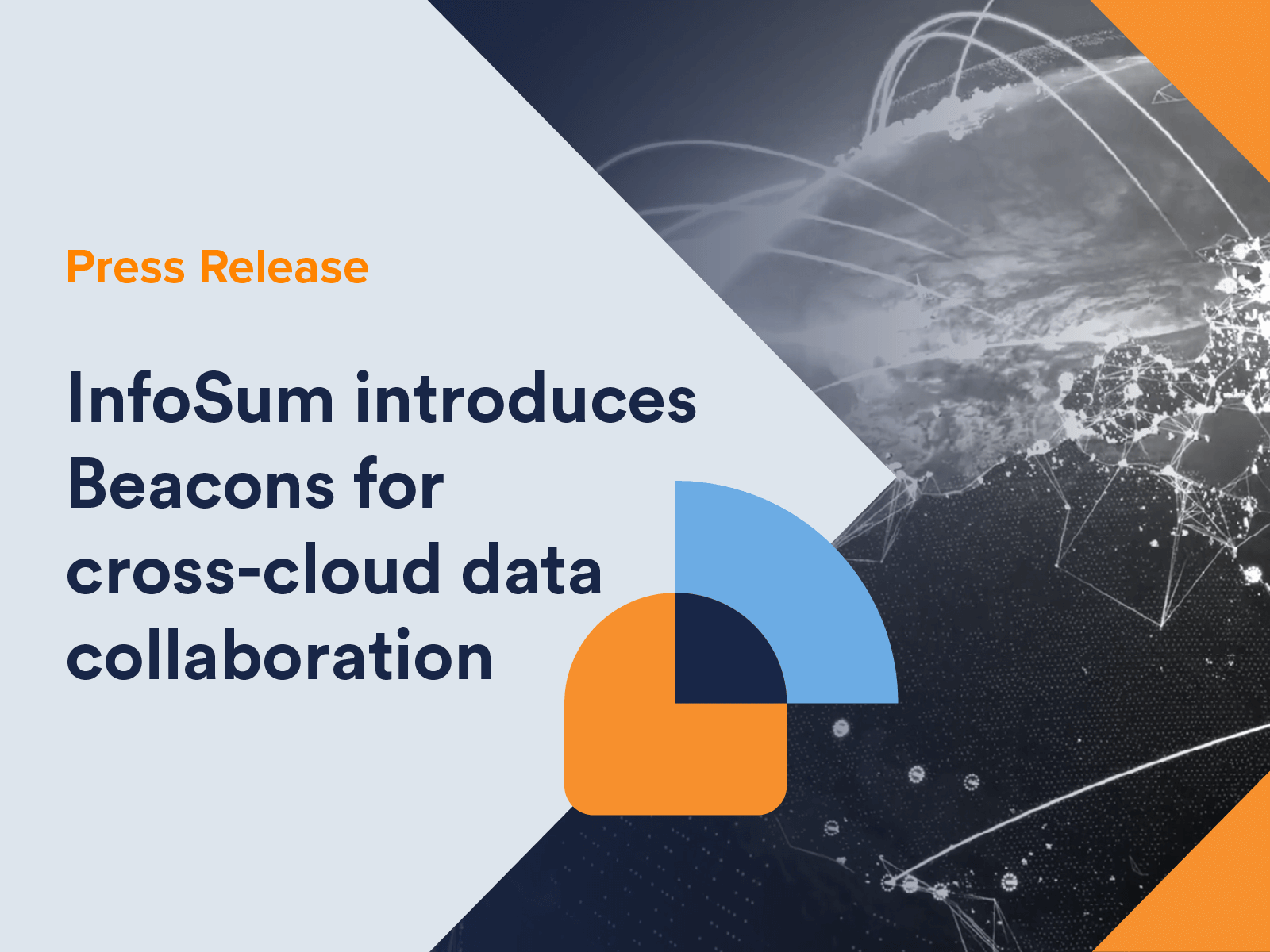A marketing campaign is only as powerful as the audience that sees it, and the better defined and ‘on target’ that audience is, the more effective the campaign will usually be. Historically, the majority of audience targeting has been defined using proxies for identity such as third-party cookies and third-party IDs. However, not only do these identity surrogates lack accuracy, but they also don’t afford consumers appropriate levels of transparency and control.
Because of this lack of transparency and control, and with a lack of definitive regulatory action against them, browser providers have begun to unilaterally phase out support for third-party IDs. While Safari and Firefox were the first browsers to block third-party cookies by default, it was Google’s announcement that it would end support in their dominant Chrome browser by 2022 that is signalling the end of cookies and other third-party IDs.
For marketers and media owners the challenge, however, is that these cookies provided a way to convert web eyeballs into addressable audiences. With their deprecation, an “identity gap” between marketers and media owners is emerging.
In an attempt to plug this identity gap, adtech vendors have been fast to replace third-party cookies with other forms of centralised ID (aka Universal ID). However, these approaches can suffer from the same privacy, security and commercial trust challenges that plagued third-party cookies. Therefore, the future of these IDs is far from guaranteed.
To achieve true future-proofed addressability, and evolve marketing for the better, it will be necessary for the infrastructure that provides addressability to be wholly reimagined.
Reimagined addressability with first-party data
At the heart of this new marketing landscape, data infrastructure will need to put privacy first in order to facilitate collaboration between brands, media owners and other data-centric companies, who have significant first-party data sources available to them:
Brands: Customer data collected through their website, app, point-of-sale, subscription, etc.
Media Owners: Authenticated audiences collected through login/registration data.
Data-Centric Companies: Companies such as telcos, data providers, identity vendors and other enterprise businesses hold customer data that can both be used to enrich a brand or media owner’s customer knowledge, and also to provide the connective identity tissue between disparate data sources.
However, traditional approaches to data collaboration have required personal data to be centralised and commingled, and will not cut it with these customer-centric companies. A vital element of facilitating this collaboration will be the ability to ensure each party retains full control of their data at all times, and not force them to commingle or centralise Personal Data with a particular identifier.
Decentralised first-party data collaboration
Going forward, the only way to enable privacy-first, secure and transparent data collaboration is to use a decentralised infrastructure that ensures each party retains full control of their data at all times. Through InfoSum, each party’s data remains firmly in their control within their own private and secure data cloud, known as a Bunker. These Bunkers can be connected through anonymous mathematical representations, but the underlying personal customer data never has to be shared. Furthermore, through InfoSum’s pioneering use of differential privacy techniques, consumer identity is always protected.

Key to the success of these collaborative partnerships is to remain identity agnostic. While many infrastructure solutions require you to be tied to their own interoperable ID, InfoSum does not require an identifier of its own. Instead, we provide the infrastructure that can seamlessly connect customer data utilising a wide range of identifiers, depending on the preference of each party.
To facilitate a higher match rate, we also work with leading identity vendors across the world, including Throtle, zeotap, Kochava, LiveIntent and Mediawallah. InfoSum clients can leverage these identity bridges to connect two or more data sources that don’t independently contain a common identifier. Because of InfoSum’s decentralised approach, neither the identity vendor nor the parties collaborating have to share any personal data.
Future-proofed addressability
Now that brands, media owners, identity vendors and other data-centric companies can safely and securely collaborate across their first-party data sources, a new era of addressability has been achieved. In this brave new world, with no dependence on a single identifier and no requirement to mingle and lose access to your customers Personal Data, all parties can feel confident that they are truly future-proofing their marketing.
To learn more about delivering future-proofed marketing in a cookieless world, download our step-by-step guide.







